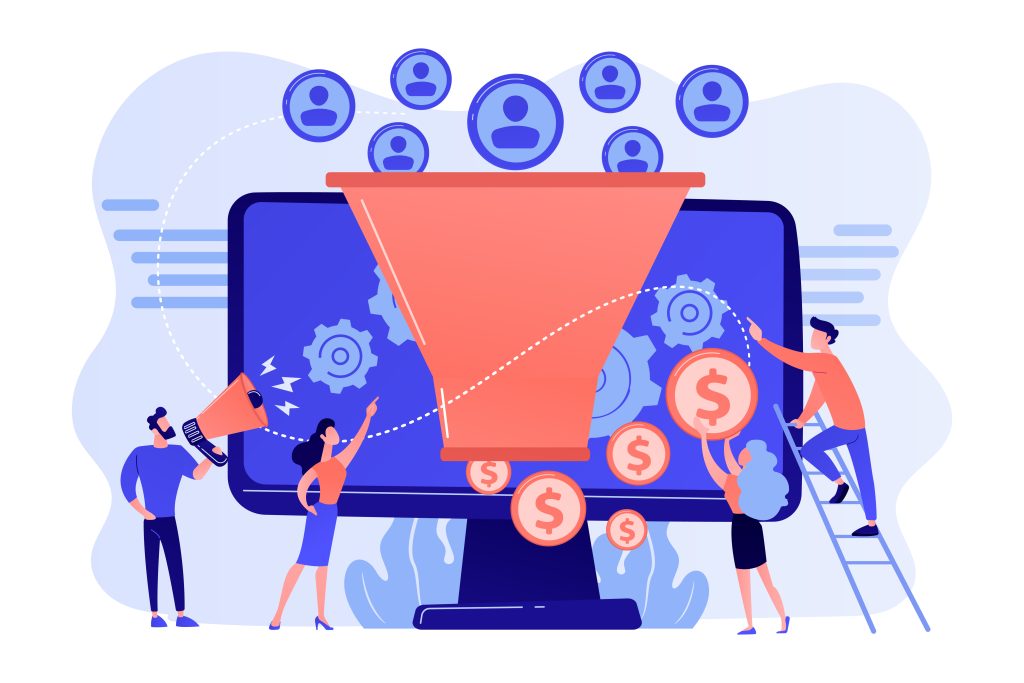Top 7 Mistakes Businesses Make When Hiring a B2B Lead Generation Partner

Finding the right B2B lead generation agency can feel like a game of chance — especially when there are hundreds of providers promising qualified leads, booked meetings, and revenue growth. But not every lead gen partner is built the same, and choosing the wrong one can cost more than just your budget — it can cost you momentum.
Whether you’re hiring for the first time or re-evaluating an existing partnership, it’s critical to avoid common pitfalls that prevent companies from seeing real ROI.
Below are the five most frequent mistakes businesses make when outsourcing lead generation — and how to steer clear of them.
1. Chasing Volume Over Fit
One of the biggest misconceptions in B2B lead generation is that more leads always equals better results. It’s tempting to go with a provider that guarantees thousands of contacts per month, but quantity without quality is a recipe for wasted sales hours and disappointed teams.
A true partner focuses on building a pipeline with qualified, ICP-aligned leads — not just a list of names. They understand your audience, message, and product positioning and tailor outreach accordingly.
Many of the top B2B lead generation companies differentiate themselves not by how many leads they deliver, but how aligned those leads are to your sales goals.
2. Skipping the Research Phase
It’s easy to be swayed by case studies or slick presentations — but without digging deeper, you may end up choosing a provider that’s not equipped to serve your industry, region, or target market.
Before signing any contract, ask for:
- A breakdown of their process (not just results)
- Examples of past clients in your vertical
- Information about how they build and qualify lead lists
- How they adapt messaging to your brand and audience
Doing your homework now avoids misalignment later — especially in B2B, where lead quality can’t be easily faked.
3. Not Clarifying Ownership and Transparency
Some lead gen companies operate like black boxes: you get meetings, but you don’t know how or where the leads came from. This lack of transparency creates problems down the line — especially when trying to hand off leads to your sales team or analyze campaign performance.
Look for a partner that gives you visibility into:
- The channels used (email, LinkedIn, phone, etc.)
- The messaging sent on your behalf
- Lead source and qualification data
- Response handling and handoff process
If you’re working with a cold email lead gen agency, make sure they can provide reporting on reply rates, positive responses, and what follow-up processes are in place. This context is essential for converting leads into revenue.
4. Overlooking the Human + Tech Balance
AI has transformed the way B2B sales and marketing teams operate — but relying on automation alone can lead to generic, ineffective outreach.
The best lead gen partners combine automation with human expertise. They use sales data and intent signals to prioritize outreach, but pair it with personalized messaging crafted by people who understand your industry.
If a provider can’t speak to how they blend human insight with scalable processes, they may be leaning too heavily on automation — and that could affect both brand reputation and results.
Modern tools can be powerful, especially when integrated into outbound platforms, but they should enhance human strategy, not replace it.
5. Expecting Instant Wins Without Strategic Alignment
Lead generation isn’t a vending machine — it’s a process. One of the most common missteps is expecting results before the strategy is properly dialed in. A good B2B lead generation partner takes the time to:
- Define and validate your ICP
- Test messaging and channels
- Align with your internal sales process
- Iterate based on feedback and data
It’s also a red flag if a partner jumps into outreach without a deep discovery phase. The early weeks should be spent building the foundation — not pushing out cold messages just to show activity.
Working with a B2B lead generation agency that emphasizes alignment from day one can drastically improve conversion rates down the line.
6. Failing to Align Marketing and Sales Teams
Even the best B2B lead generation company can struggle to deliver results if internal alignment is missing. A common issue is the disconnect between marketing expectations and sales execution. Marketing may define a lead one way, while sales reps are expecting something entirely different.
To get the most from any outsourced partnership, both teams need to agree on:
- What qualifies as a sales-ready lead
- The criteria for passing leads to the sales team
- Feedback loops for reporting lead quality and conversion outcomes
Without this alignment, even qualified leads can fall flat — not because they weren’t good, but because they weren’t handled with a shared understanding of next steps. A collaborative onboarding process with both marketing and sales at the table helps prevent these misfires early on.
7. Choosing a Partner Without Multichannel Capabilities
B2B buyers don’t live on one platform — and they certainly don’t respond to one-size-fits-all outreach. Yet many businesses hire lead gen companies that rely too heavily on a single channel, usually email or LinkedIn, which limits engagement and reach.
Look for a partner that can engage your audience across multiple touchpoints. That might include:
- Cold email
- Social selling via LinkedIn
- Phone outreach
- Content-driven nurture campaigns
Multichannel strategies allow for flexibility, testing, and broader coverage — and they also align more naturally with the way modern buyers move through the funnel. If you’re serious about standing out, your outreach approach should be just as dynamic as your audience’s behavior.
Final Thoughts: Choosing the Right Partner Starts With the Right Questions
Hiring a B2B lead generation partner is a strategic decision — and the right choice can unlock serious growth. But avoiding the common pitfalls above requires clarity, communication, and a willingness to look past the surface-level promises.
If you’re evaluating providers, start by understanding your goals, defining what success looks like, and asking detailed questions about how each agency operates. Prioritize strategic alignment, transparency, and proven experience in your market.
Lead generation is too important to get wrong — but with the right approach, it can become one of the most powerful levers for scaling your pipeline.


 Establishing and running a business is not straightforward and includes various complexities. You have to consider several factors, and even a tiny negligence can lead to severe problems. One of the best ways to grow your business is by improving its efficiency. By managing and streamlining different business processes, you can make your company successful in the long run.
Establishing and running a business is not straightforward and includes various complexities. You have to consider several factors, and even a tiny negligence can lead to severe problems. One of the best ways to grow your business is by improving its efficiency. By managing and streamlining different business processes, you can make your company successful in the long run.
